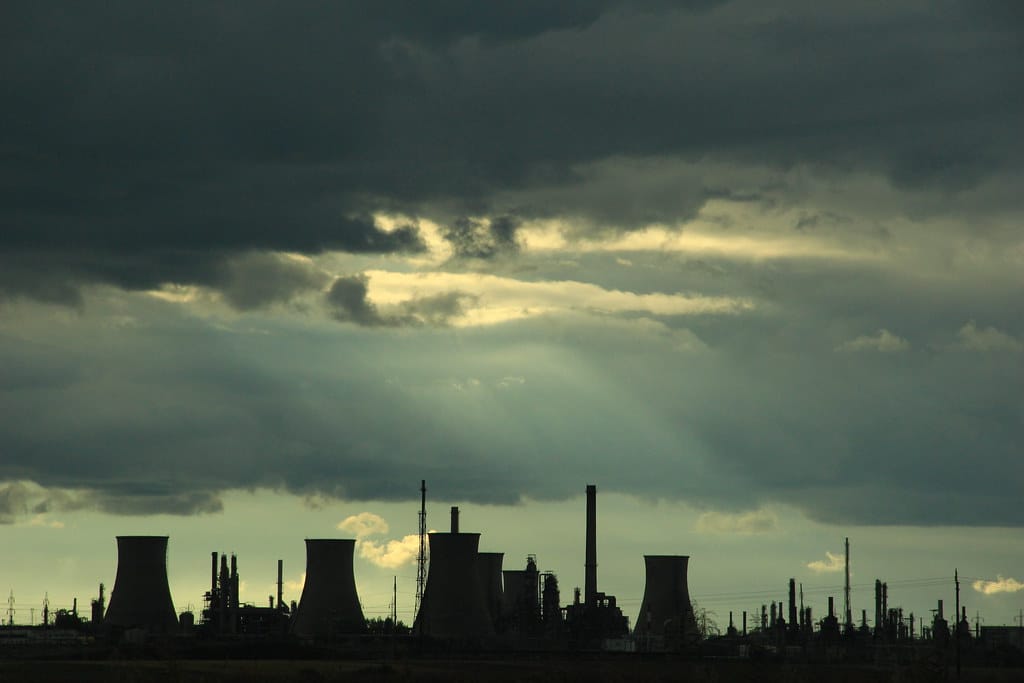MIT Breakthrough Could Revolutionize Oil Refining and Cut Energy Costs by 30%
A groundbreaking discovery from MIT's chemical engineering department is poised to transform one of the world's most energy-intensive industrial processes. Researchers have developed an innovative method for separating crude oil that could slash energy consumption in petroleum refining by up to 30%, potentially saving the industry billions of dollars annually while significantly reducing its carbon footprint.
The Challenge with Traditional Oil Separation
For over a century, the petroleum industry has relied on fractional distillation—a process that heats crude oil to extreme temperatures, sometimes exceeding 400°C (752°F), to separate it into valuable components like gasoline, diesel, and jet fuel. This energy-hungry method accounts for approximately 40% of a refinery's total energy consumption and is responsible for roughly 6% of global industrial energy use.
"Current distillation methods are fundamentally inefficient," explains Dr. Sarah Chen, lead researcher on the MIT team. "We're essentially using a sledgehammer approach that wastes enormous amounts of energy to achieve what we can now accomplish through molecular precision."
Revolutionary Membrane Technology
The MIT breakthrough centers on a novel selective membrane system that can separate crude oil components at significantly lower temperatures. The technology employs specially engineered polymer membranes with precisely controlled pore sizes that allow different hydrocarbon molecules to pass through at different rates.
How It Works
The new process operates at temperatures as low as 80°C (176°F)—a dramatic reduction from traditional methods. The selective membranes act like molecular sieves, sorting crude oil components based on their size and chemical properties rather than their boiling points.
The research team tested their system on various crude oil samples and achieved separation efficiency rates of 94-97%, comparable to traditional distillation while using 70% less energy.
Environmental and Economic Impact
The implications of this technology extend far beyond laboratory walls. The global oil refining industry processes approximately 100 million barrels of crude oil daily, consuming roughly 6.2 million barrels of oil equivalent in energy for the separation process alone.
Projected Benefits
- Energy Savings: Industry-wide adoption could reduce global energy consumption by approximately 1.8 million barrels of oil equivalent per day
- Carbon Reduction: Potential decrease of 280 million tons of CO2 emissions annually
- Economic Impact: Estimated cost savings of $15-20 billion per year for the global refining industry
- Infrastructure: Smaller, more modular refining units possible due to reduced heating requirements
Overcoming Technical Hurdles
While promising, the technology faces several challenges before commercial deployment. The specialized membranes must demonstrate long-term durability under industrial conditions, and the process requires optimization for different crude oil compositions.
The research team has already partnered with two major oil companies for pilot testing, with industrial trials scheduled to begin in late 2024. Early results from smaller-scale tests show the membranes maintain their separation efficiency for over 2,000 hours of continuous operation.
Market Readiness and Adoption Timeline
Industry analysts project that commercial implementation could begin within 3-5 years, initially in new refinery construction and major retrofits. The modular nature of the membrane systems makes them particularly attractive for smaller, distributed refining operations.
"This isn't just an incremental improvement—it's a paradigm shift," notes petroleum industry consultant Dr. Michael Rodriguez. "The combination of energy savings and reduced infrastructure requirements could democratize oil refining in regions where traditional methods aren't economically viable."
Beyond Petroleum: Broader Applications
The selective membrane technology shows promise beyond crude oil separation. Preliminary research indicates potential applications in:
- Natural gas processing
- Petrochemical manufacturing
- Biofuel production
- Pharmaceutical separation processes
The Path Forward
As global pressure mounts to reduce industrial carbon emissions, innovations like MIT's selective membrane system represent crucial stepping stones toward more sustainable industrial processes. While the world transitions to renewable energy sources, making existing fossil fuel processing more efficient provides immediate environmental benefits.
The MIT team continues refining their technology, focusing on membrane longevity and cost reduction. With backing from both government research grants and private industry partnerships, this breakthrough demonstrates how fundamental scientific research can deliver practical solutions to pressing global challenges.
For an industry built on extracting maximum value from crude oil, this MIT innovation promises to do exactly that—while using dramatically less energy and generating fewer emissions in the process.
